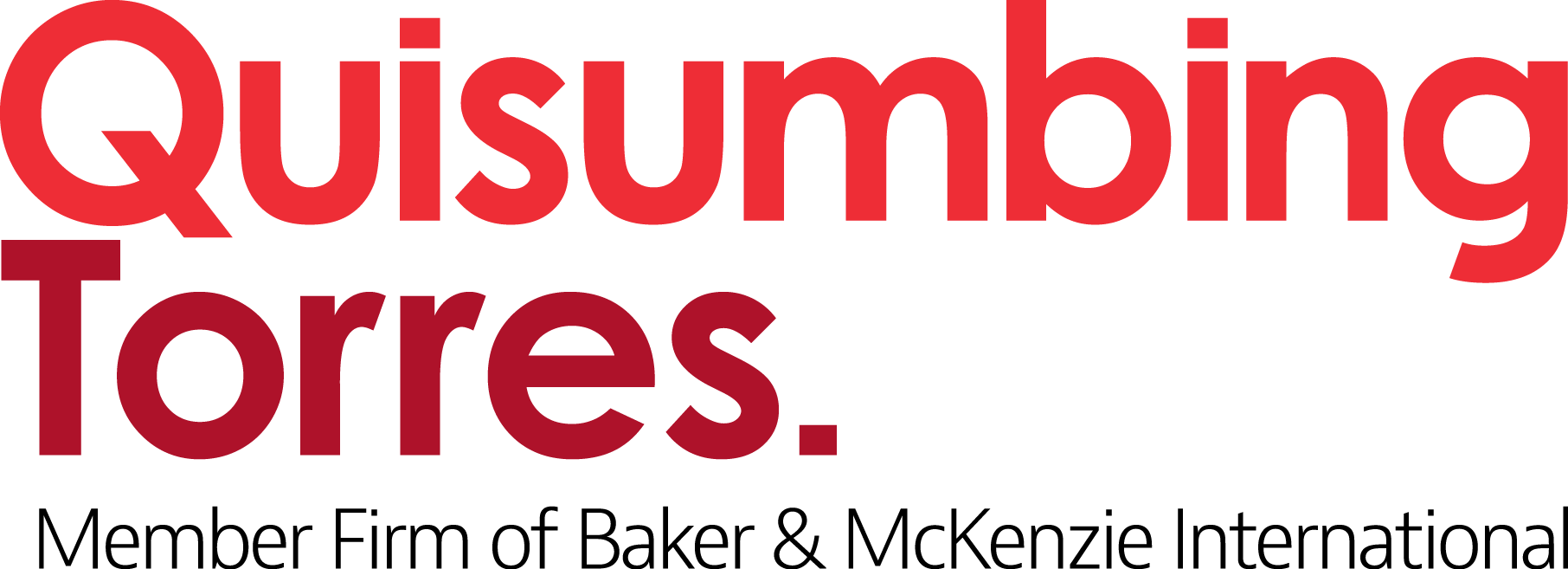Salient features
Patentability of AI-related inventions
The AI Guidelines clarify that AI-related inventions are patentable in the Philippines, provided they meet the standard requirements of novelty, inventive step and industrial applicability. However, the guidelines draw a clear distinction between patentable computer-implemented inventions (CIIs) and non-patentable subject matter. Specifically, while computer programs “as such” remain excluded from patent protection, inventions that use AI to achieve a technical solution or produce a technical effect, such as controlling a physical device or improving a technical process, may be eligible for patent protection. The AI Guidelines emphasize that merely implementing an abstract idea or mathematical algorithm on a computer does not make it patentable; instead, the invention must demonstrate a concrete technical contribution.
Inventorship and applicant eligibility
The AI Guidelines make it explicit that AI systems cannot be recognized as inventors or applicants under Philippine law. Only natural or juridical persons are eligible to apply for patents or be named as inventors or designers. This principle is rooted in the legal requirement that inventors must possess civil personality and juridical capacity, which AI systems inherently lack. While AI may be used as a tool in the inventive process — such as generating ideas, assisting with design or optimizing solutions — the individual who directs, supervises or provides the creative input remains the proper inventor. The AI Guidelines also clarify that even in cases of joint inventorship, all inventors must be human.
Types of AI-related inventions
The AI Guidelines categorize AI-related inventions into two main types: Core AI Technologies and Applied AI Technologies.
- Core AI Technologies refer to inventions that advance or improve the foundational aspects of AI itself, such as new neural network architectures, novel training algorithms, or enhancements to machine learning methodologies. These inventions require a high level of technical disclosure, detailing the structure, functioning and implementation of the AI system.
- Applied AI Technologies involve the use of existing AI methods to address specific technical problems in various domains, such as healthcare, transportation or finance. For these, the inventive step lies in how AI is integrated into a broader system to achieve a measurable technical effect.
The AI Guidelines emphasize that both types must clearly demonstrate their technical contribution and provide sufficient detail to enable a skilled person to reproduce the invention, ensuring that patent protection is granted only to innovations that are both technically sound and practically applicable.
Disclosure and enablement requirements
The AI Guidelines place significant emphasis on the need for comprehensive disclosure and enablement in AI-related patent applications. Applicants are required to provide a detailed description of the AI system — including its architecture, parameters and training methods — as well as a clear explanation of the relationship between input data, the trained model and the resulting output. The source, type and preprocessing of training data must be disclosed to the extent necessary for a skilled person to understand and reproduce the invention. Furthermore, the application should include implementation details, such as hardware and software configurations, and at least one workable example, supported by experimental data or test results where applicable. This level of detail ensures that the invention is not merely a theoretical concept but can be practically realized by others in the field, thereby upholding the fundamental patent law principle of enabling public access to the knowledge underlying the invention.
Clarity of claims
The AI Guidelines underscore the importance of clarity and precision in drafting claims for AI-related inventions. Claims must be technically precise, avoiding vague or ambiguous terms such as “AI module” or “intelligent system” unless these are clearly defined within the application. Each claim should be definite in scope, explicitly stating whether it pertains to a method, system, device or another statutory category. If a claim is functionally defined, it must also describe the technical means by which the function is achieved, ensuring that the invention is not merely described in abstract or aspirational terms. Furthermore, the language used in the claims must be consistent with the description and free from ambiguity, so that the boundaries of the patent protection are clear to both the public and patent examiners. The AI Guidelines provide preferred formats for method and system claims and offer examples of both compliant and non-compliant claim language, helping applicants avoid common pitfalls and ensuring that only well-defined, technically supported inventions are granted protection.
Industrial design applications
The AI Guidelines also address the treatment of AI in the context of industrial design applications. While the use of AI tools to assist in the creation of designs is permitted, only natural or juridical persons may be named as applicants or designers in filings with the IPOPHL. This means that even if an AI system played a significant role in generating or shaping a design, the legal recognition and rights associated with the design remain with the human or legal entity responsible for the application. The AI Guidelines further highlight the importance of considering ethical and legal implications, such as copyright, infringement and unfair competition, when using AI in the design process.
Recommended actions
Given the new AI Guidelines, inventors, innovators and organizations pursuing AI-related patents or industrial designs in the Philippines should take proactive steps to ensure compliance and maximize the likelihood of successful protection.
For tailored guidance on navigating the new AI Guidelines or for support in preparing, reviewing or prosecuting AI-related patent and design applications, please feel free to reach out to our Intellectual Property, Data and Technology Practice Group.
*****

© 2025 Quisumbing Torres. All rights reserved. Quisumbing Torres is a member firm of Baker & McKenzie International, a Swiss Verein. This may qualify as "Attorney Advertising" requiring notice in some jurisdictions. Prior results do not guarantee a similar outcome.
Please contact QTInfoDesk@quisumbingtorres.com for inquiries.
VISIT QUISUMBING TORRES SITE

